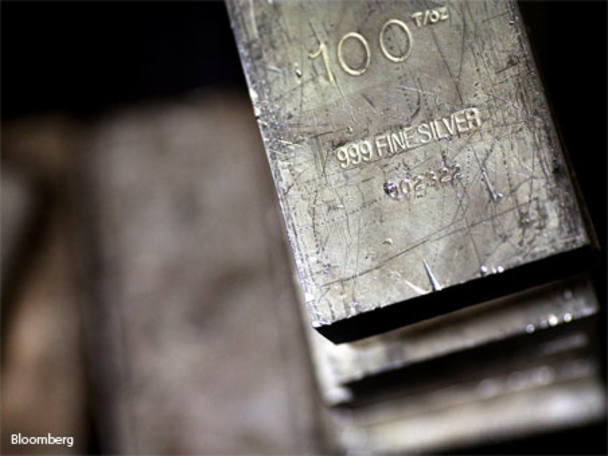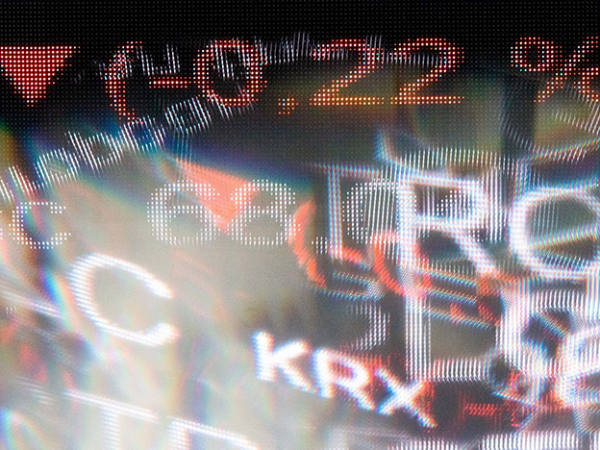Quantitative easing, inflation and general economic and political uncertainty means that investors have been turning to gold, a popular safe haven in times of difficulty. However some market participants are turning their attention to silver in the belief that it is set to rise.
Asset manager Charteris believes that Silver is about to enter a sustained bull market that will take the price from the current level of around $32 an ounce to $165 an ounce by around the end of October 2015. "We expect silver to continue to dramatically outperform gold as the bull market in precious metals is by no means over," they say. "Our forecast for gold is for a rise to $2,500 but that is small beer to what we expect to see in silver."
Meanwhile, Chinese research institute Antaike predicts that demand for silver from China - which is already the second biggest consumer - may increase as much as 10 per cent in 2013 due to higher investment demand. Jewellery demand, which accounts for around a third of silver consumption in China, was up 19.3 per cent in the first eight months of 2012 compared with a year earlier. At the same time, government plans to expand solar capacity is also likely to further boost demand.
But there are reasons why gold is more popular than silver.
"Silver tends to follow a similar trajectory to gold and we expect investment demand to underpin prices," says Tanya Joyce, strategist at Barclays Wealth and Investment Management. "However, we would caution about choosing silver over gold. Supportive policy action is likely to support both gold and silver, but silver will probably remain more susceptible to speculative activity, given its weaker fundamentals, and is therefore likely to be more volatile."
Around 50 per cent of demand for silver is industrial, in contrast to gold which is largely driven by investment, jewellery and technology demand. This means silver is more subject to the economic cycle, according to Henry Lancaster, senior investment analyst at Coutts. He considers it to be more of a trading asset, which you need to buy and sell at the right time, than a core portfolio holding.
"While investment appetite is largely responsible for demand, a weakening of economic growth would dampen industrial demand," adds Stephen Barber, adviser to Selftrade on markets and economics. "Investors also need to consider the state of the dollar, in which these instruments are priced, and the impact of quantitative easing on exchange rates."
Supply of silver is also good, so it is unlikely that this will add upward pressure to the price.
Silver can perform better in an upward trend but when it falls then it does much worse than gold. It is also less easy to buy and sell than gold.











